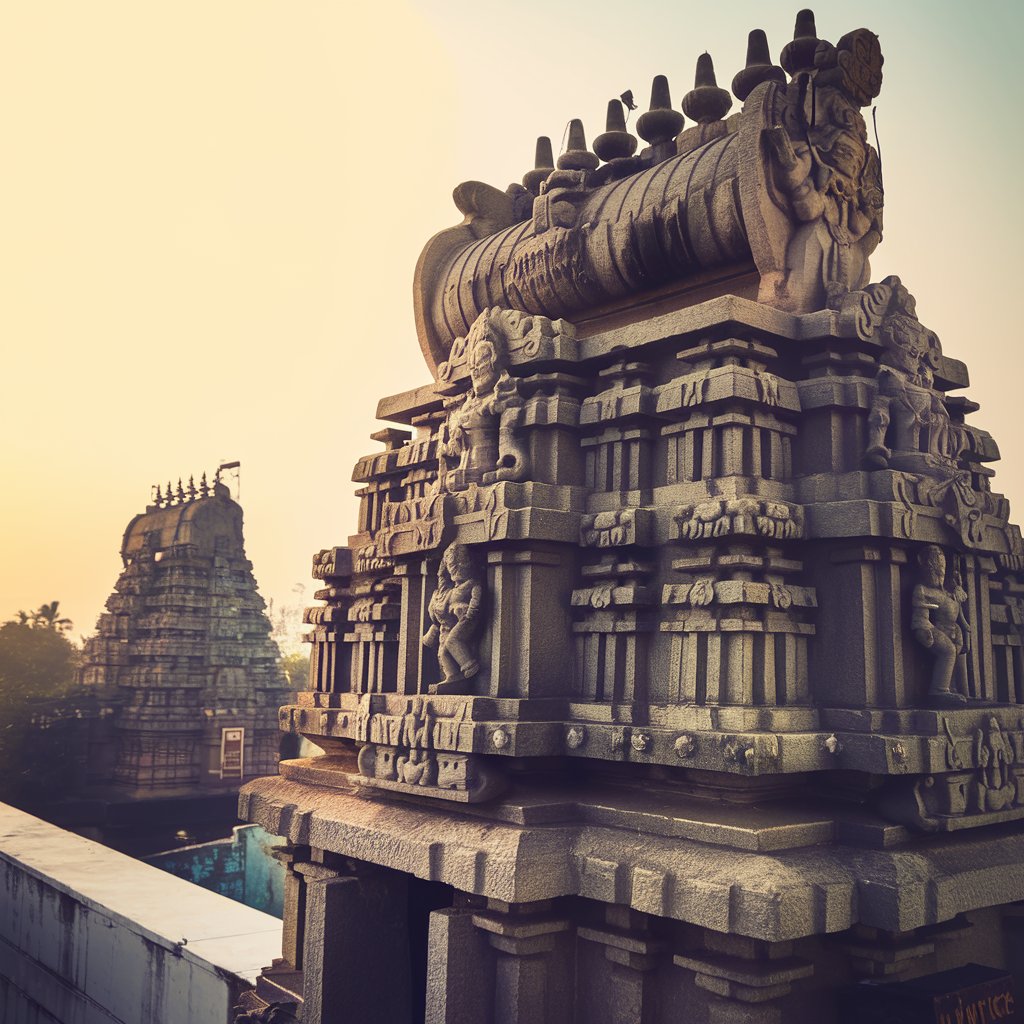Introduction
“Aa Gopura Kalasam Neevaithe” carries immense spiritual and architectural significance in Indian temples. Gopura kalasams are the crowning glory of temple gopurams (towering gateways), symbolizing divinity, prosperity, and celestial connection. These sacred structures have deep roots in Indian culture, and their placement involves intricate rituals and skilled craftsmanship. But what makes “Aa Gopura Kalasam Neevaithe” such a powerful concept, and why does it hold such importance? Let’s explore this phenomenon in detail.
Table of Contents
What is a Gopura Kalasam?
A gopura kalasam is a metallic or stone finial placed atop temple gopurams. Shaped like a pot or spire, it serves both a symbolic and functional purpose. Traditionally, gopura kalasams are made from materials like brass, copper, or gold. Their distinct design signifies spiritual fulfillment and completion of the temple’s sacred architecture.
In temples, the phrase “Aa Gopura Kalasam Neevaithe” encapsulates the act of crowning the gopuram with this pinnacle. It’s an important milestone in temple construction and spiritual activities.
Symbolism of Aa Gopura Kalasam Neevaithe
The placement of the kalasam holds deep symbolic meaning:
- Spiritual Connection: The kalasam acts as a medium to connect the earthly realm with the divine.
- Sacred Geometry: It completes the geometrical symmetry of the temple, ensuring cosmic harmony.
- Blessings and Protection: The kalasam is believed to channel divine blessings and protect the devotees and the surrounding area.
- Cultural Identity: It represents the community’s devotion and artistic heritage.
The phrase “Aa Gopura Kalasam Neevaithe” celebrates these symbolic virtues, making it an integral part of temple rituals.
Rituals Involved in Placing the Kalasam
The act of placing the kalasam is more than a construction activity; it is a sacred ritual known as “Kumbhabhishekam” or “Kalashabhishekam.” Here’s what it involves:
- Purification Ceremonies: The kalasam is cleansed and sanctified through Vedic chants and rituals.
- Offering Prayers: Priests offer prayers to invoke divine presence in the kalasam.
- Placement Ceremony: Skilled artisans and temple authorities carefully place the kalasam atop the gopuram amidst prayers and festivities.
- Community Participation: Devotees gather to witness and celebrate the momentous occasion.
The process is meticulous, reflecting the significance of “Aa Gopura Kalasam Neevaithe” in temple construction and spiritual practice.
Architectural Importance
From an architectural perspective, gopura kalasams are both functional and ornamental. They:
- Crown the Structure: The kalasam enhances the temple’s visual appeal and architectural grandeur.
- Ensure Stability: Its placement provides structural balance to the gopuram.
- Weather Protection: Kalasams often contain herbs or other materials that protect the temple from natural elements.
- Navigation Aid: In ancient times, the shining kalasam helped travelers locate temples from afar.
These aspects emphasize why the phrase “Aa Gopura Kalasam Neevaithe” is so revered in Indian temple traditions.
Cultural Significance
The placement of the kalasam is often accompanied by grand celebrations, reflecting its cultural importance:
- Festivities: Traditional music, dance, and processions mark the event, uniting communities in joy.
- Legacy: The ritual reinforces the temple’s status as a cultural and spiritual hub.
- Artistry: The intricate designs of kalasams showcase the skill of local artisans, preserving their legacy.
By participating in the event, devotees become part of an age-old tradition embodied by the phrase “Aa Gopura Kalasam Neevaithe.”
Spiritual Essence
The spiritual significance of the kalasam is unparalleled:
- Symbol of Purity: The kalasam signifies the purity of devotion and the temple’s sacred purpose.
- Divine Blessings: Its presence invites prosperity, peace, and harmony.
- Cosmic Energy: The kalasam is believed to channel cosmic energy into the temple, enriching the spiritual experience for devotees.
The act of crowning the gopuram with the kalasam, as captured by “Aa Gopura Kalasam Neevaithe,” embodies the culmination of spiritual and architectural efforts.
Eco-Friendly Aspects of Modern Kalasams
While traditional kalasams were made from metal or stone, modern innovations focus on eco-friendly materials:
- Recyclable Metals: Using recycled brass or copper reduces environmental impact.
- Biodegradable Options: Some temples use organic materials to create kalasams.
- Solar Integration: Certain kalasams are designed to harness solar energy, blending tradition with sustainability.
These innovations ensure that the phrase “Aa Gopura Kalasam Neevaithe” aligns with contemporary environmental values.
Why “Aa Gopura Kalasam Neevaithe” Matters Today
In today’s fast-paced world, the traditions embodied by “Aa Gopura Kalasam Neevaithe” offer timeless lessons:
- Cultural Preservation: It helps preserve India’s rich heritage for future generations.
- Community Bonding: The ritual fosters a sense of unity and collective purpose.
- Spiritual Reflection: It encourages individuals to connect with their spiritual roots.
Also read: money6x.com Save Money: A Comprehensive Guide to Smart Savings
Conclusion
“Aa Gopura Kalasam Neevaithe” is more than just a phrase; it is a testament to the enduring legacy of India’s spiritual and architectural traditions. The gopura kalasam’s placement symbolizes completion, divinity, and the community’s unwavering devotion. By understanding and embracing this tradition, we honor the timeless values it represents while paving the way for its continued relevance in a modern, eco-conscious world.












